Happy Hiking!
Taiwan–Japan Friendship Trails
Esther Tseng / photos by TMTrail / tr. by Phil Newell
April 2024
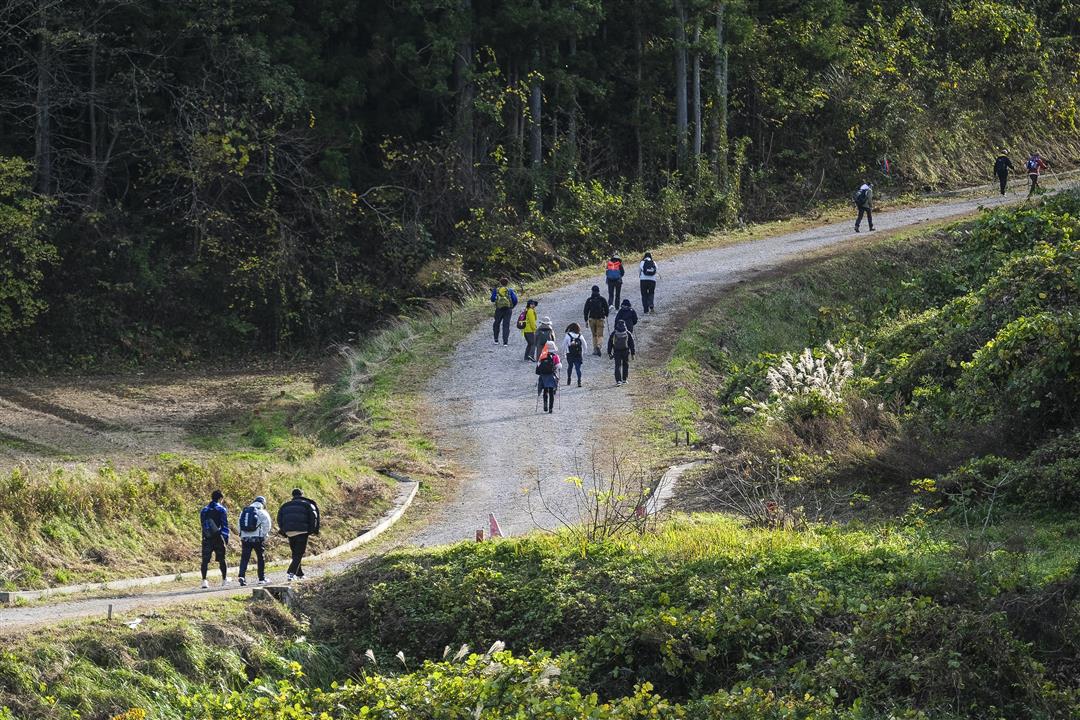
“Do you think they are adequate?” This question was solicitously posed to both parties by Chou Sheng-hsin, chief executive director of the Taiwan Thousand Miles Trail Association, which is acting as “matchmaker” for the Taiwan–Japan “friendship trails.”
“They are gorgeous!” Officials from the Tourism Administration, the New Taipei City Government, and other organizations from Taiwan all say the same thing after walking the Miyagi Olle Trails in Japan.
“It’s very familiar and welcoming.” Members of the Miyagi Prefecture Assembly discovered that from one of the Tamsui–Kavalan Trails one can see Guishan Island (Turtle Mountain Island) in the distance, reminding them of Miyagi’s own Turtle Island.
After more than five years of effort, in November of 2023 four one-to-one “friendship trails” agreements were signed between individual trails of Taiwan’s Tamsui–Kavalan Trails and Japan’s Miyagi Olle Trails.
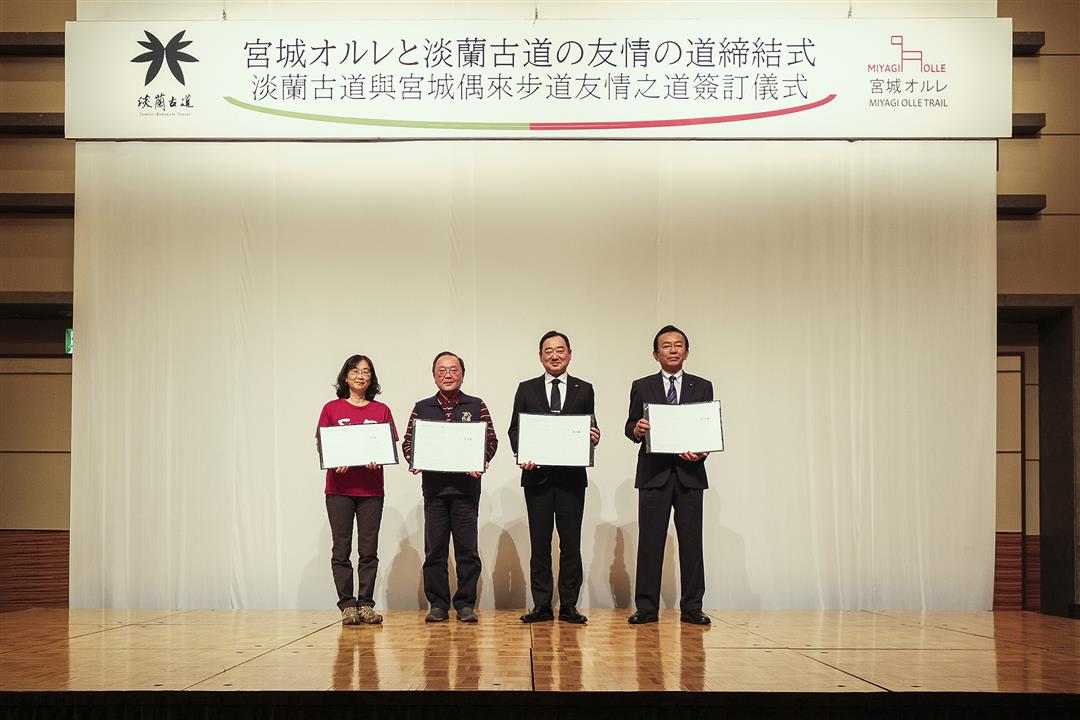
Members of the Tamsui–Kavalan Platform (a group of organizations with jurisdiction over the Tamsui–Kavalan Trails network) signed several friendship trails agreements with Japan’s Miyagi Prefecture. From left, Chou Sheng-hsin, chief executive director of the Taiwan Thousand Miles Trail Association; Ma Hui-da, former director of the Northeast and Yilan Coast National Scenic Area Management Office; Takayuki Ikeda, vice governor of Miyagi Prefecture; and Keiichi Kikuchi, chair of the Miyagi Prefecture Assembly.
The Miyagi Olle Trails
To talk about the history of the Miyagi Olle Trails, we have to start with the Tōhoku earthquake and tsunami of March 11, 2011.
Miyagi Prefecture, which lies on the northeast coast of Japan’s Honshu Island, suffered major devastation. In 2016, members of the Miyagi Prefecture Assembly, aiming to lift the spirits of residents and stimulate the area’s economy, took inspiration from Korea’s Olle Trails and first developed the Kesennuma/Karakuwa and Oku-Matsushima trails in hopes of boosting tourism.
Keiichi Kikuchi, chairperson of the Miyagi Prefecture Assembly, is the driving force behind the program to revitalize the area through trails. He once told Chou Sheng-hsin that during his discussions with officials from Korea’s Olle Trails, he thought about the longstanding friendship between Taiwan and Japan and the fact that there are direct flights between Taiwan and Sendai, the largest city in Miyagi Prefecture. He was determined to establish a friendship trails partnership with Taiwan, so he sought out the Taiwan Thousand Miles Trail Association (TMI Trail) to act as go-between.
“Walking is a kind of in-depth tourism that enables one to really get to know a locality, to shop in its specialty stores, to eat at its little restaurants and try local cuisine, and to interact with residents,” says Chou.
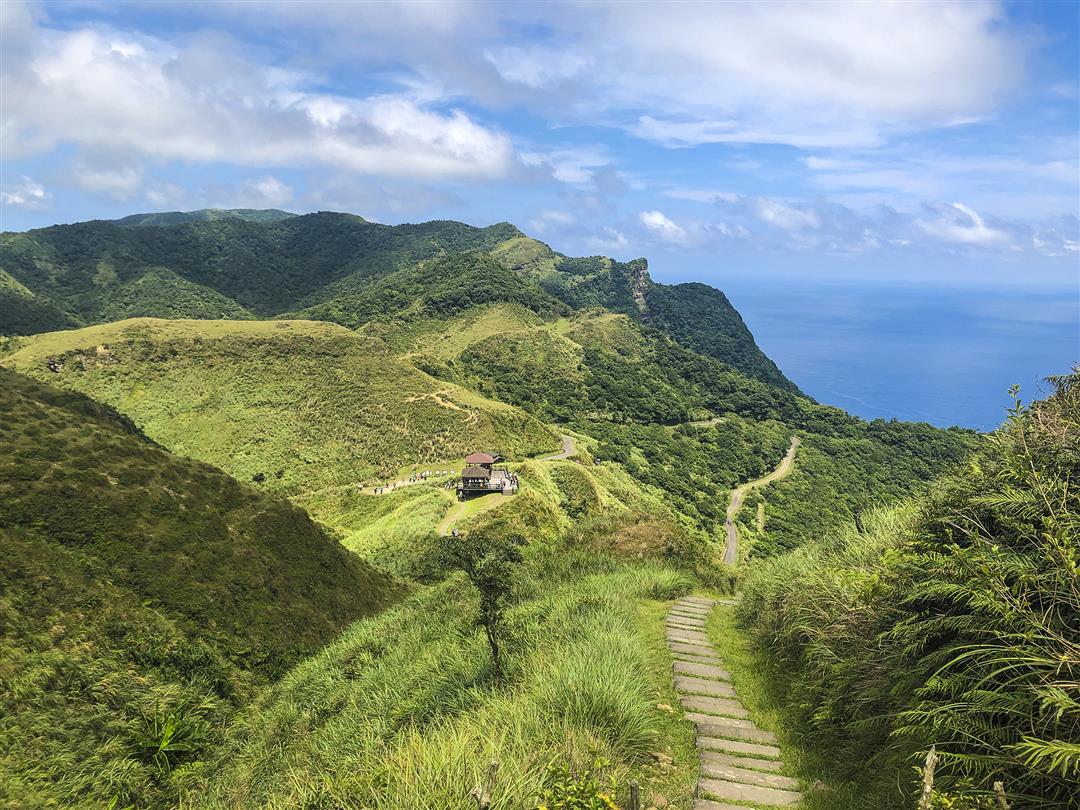
The Caoling Historic Trail in northeastern Taiwan offers great views of the Pacific Ocean.
The Tamsui–Kavalan Trails
2016 also saw the launch of a project to restore the century-old Tamsui–Kavalan Trails, which run through the mountains of Northern Taiwan. That year, with support from the national greenways policy of the Executive Yuan, eight organizations with jurisdiction over the trails or responsibility for their management came together to found the “Tamsui–Kalavan Platform.” TMI Trail was placed in overall charge of the project, which aims to revitalize the abandoned Qing-Dynasty trails that once connected Tamsui Subprefecture in the west with Kavalan (today’s Yilan County) in the east.
Chou Sheng-hsin notes that perhaps as a result of the thoroughness that is part of the Japanese character, numerous officials from the governor of Miyagi Prefecture and mayors of its cities down to grassroots administrators of the friendship trails project have visited the Tamsui–Kavalan Trails. This has given rise to a number of interesting anecdotes. For example, while walking the Paoma Historic Trail (part of the Tamsui–Kavalan Trails system), a group of prefectural assembly members arrived at a point where they could see the Lanyang Plain and Guishan Island (Turtle Mountain Island) in the distance, and they exclaimed that this sight was “very familiar and welcoming,” for there is also a Turtle Island in Miyagi.
On another occasion, at an evening banquet during a fact-finding visit to the Tamsui–Kavalan Trails, Keiichi Kikuchi was drinking Kavalan whiskey alongside the obligatory Taiwan Beer. He noticed that the Chinese character for the lan in “Kavalan” appeared to be the same as that in “Danlan Trails,” the Chinese name for the Tamsui–Kavalan Trails. When Kikuchi asked Chou about this, she confirmed that this is the case. “The Danlan Trails were the main routes for traveling through the mountains between Tamsui and Kavalan in the 19th century, and the lan in Danlan refers to Kavalan, while the Kavalan whiskey distillery is today based in Yilan County.” (The lan in “Yilan” is also the same character.) She says with a laugh: “Even we Taiwanese hadn’t noticed the connection.”
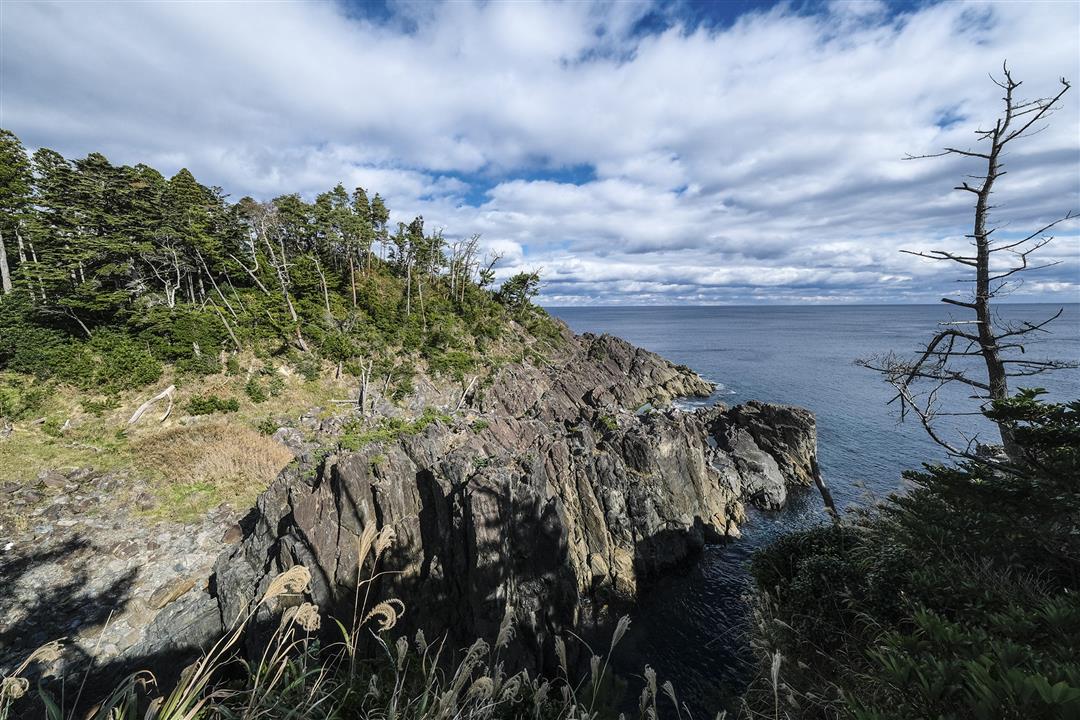
The sounds of the sea are audible from the Kesennuma/Karakuwa Trail.
Mutual benefit
It was TMI Trail that arranged for four trails of the Miyagi Olle Trails system and four trails of the Tamsui–Kavalan Trails system to be matched up in four pairings of similar trails. Even before the two sides had met, they agreed to these “arranged marriages.” In fact, representatives of some of the Taiwanese authorities involved first visited the Miyagi Olle Trails only in November of 2023, when they went to Japan for the unveiling of the trail markers to be used under the friendship agreements.
When they did visit, Chou Sheng-hsin cordially asked the Taiwanese group: “Do you think they are adequate?” “They are gorgeous!” they replied.
“I think the two trails are very similar,” said Chen Jian-jhong, a specialist with the Yilan Branch of the Forestry and Nature Conservation Agency, which was the Taiwanese signatory for the friendship trails agreement between the Paoma Historic Trail and the Osaki/Naruko Hot Spring Trail. The two trails are alike in that both have sections composed of surfaced road, unsurfaced road, and hand-built walking trail; both offer opportunities not just for “forest bathing” but also for hot spring bathing; and on both you can see camellia flowers.
As a plant expert, Chen was even more amazed by the Oku-Matsushima Trail. He says that Taiwan is the southernmost place on earth where one can find fir trees, but they grow here only at elevations over 3,000 meters. However, because Oku-Matsushima is at a higher latitude, one can see fir trees at an elevation of only 100 meters, along with Japanese cheesewood (Pittosporum tobira) and kudzu (Pueraria), which in Taiwan grow in coastal areas. One could say that at Oku-Matsushima one can find the forest vegetation that in Taiwan spans a range of elevations up to 3,000 meters, compressed into a range of 100 meters.
“I feel that the Nuandong Valley Trail and the Tome Trail are very complementary,” says Roy Pan of the Tourism Development Section of the Keelung City Government’s Tourism and City Marketing Department, which was the signatory for the friendship agreement between Taiwan’s Nuandong Valley Trail and Miyagi’s Tome Trail. The Nuandong Valley Trail has sheer canyon walls while the Tome route is broad and open.
“Fortunately, during the liaison process both sides felt that the pairing was a good one,” says Chou Sheng-hsin. “You could call it a successful ‘matchmaking’ effort.”
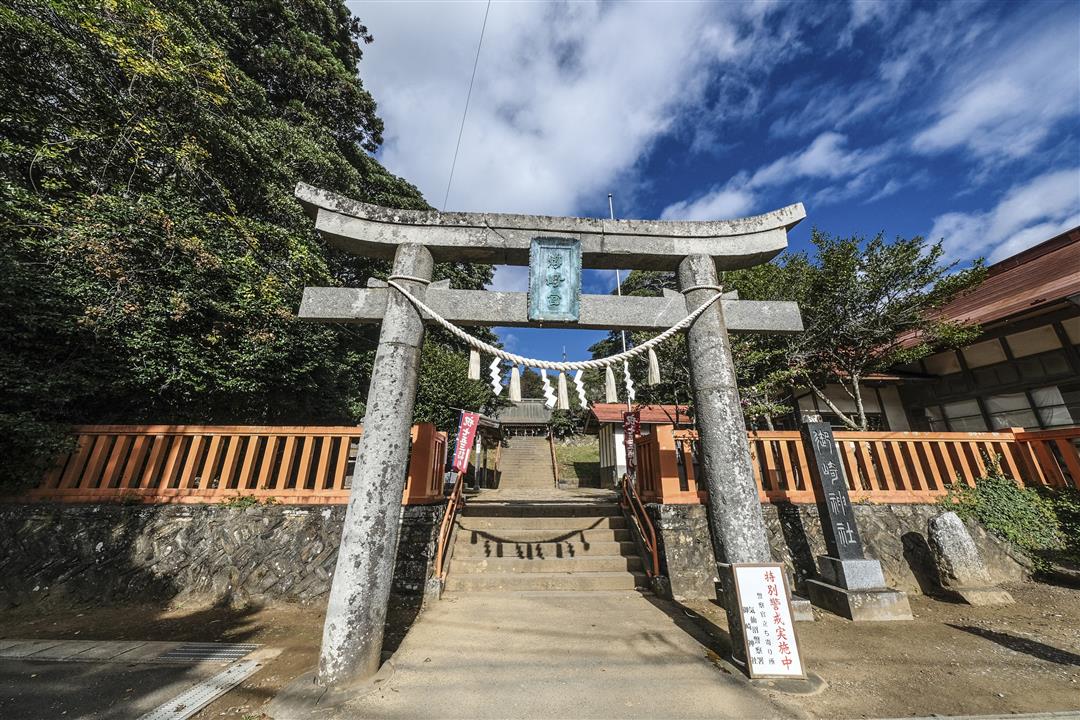
The Osaki Shrine, which is more than 1,000 years old, is located amidst a lush forest of Japanese bay trees.
Fostering Taiwan–Japan friendship
For international travelers who come to walk the Tamsui–Kavalan Trails, Chou Sheng-hsin notes that the trailheads of all four friendship trails can be reached by train, the trails can be hiked by individuals on their own, and one can complete all four trails in three days.
She recommends that hikers start by walking the Nuandong Valley Trail on the morning of the first day and hit the Paoma Historic Trail in the afternoon. They can stay overnight in the hot springs resort town of Jiaoxi in Yilan County. On the second day visitors can take a train from Jiaoxi to Fulong in New Taipei City and walk the Caoling Historic Trail, returning to Taipei by train that evening. On the third day they can take a train to Houdong in New Taipei’s Ruifang District and visit the Ruifang-Ruisan Coal Preparation Plant heritage site, then walk the Jinzibei Historic Trail from the nearby trailhead and return to Taipei by train from Mudan Station.
As for the Miyagi Olle Trails, this year a number of travel agencies in Taiwan, including Hillmont Tours and Lai Ou International Travel Service, expect to organize hiking tours there.
Lai Ou president Weng Ming-sheng, who has been in the travel business for over 30 years and has walked Olle Trails in Japan, Korea, and Mongolia, notes that in autumn the Osaki/Naruko Hot Spring Trail is carpeted with maple leaves, making it highly therapeutic. Or one can visit the Oku-Matsushima Trail at sunset and get 360-degree panoramic views, or go to Kesennuma Fishing Port, which once boasted one of the world’s three most productive fishing grounds. The experience of visiting such places by walking is deeply moving.
Chou Sheng-hsin says that Miyagi Prefecture has already developed a fifth route, the Murata Trail, and is planning to increase the number of trails to eight. They are in talks with Korea’s Olle Trails about their project and have also expressed a desire to continue to create friendship trails with Taiwan. Thus there is every likelihood that their four new trails will be paired with four more of the Tamsui–Kavalan Trails, writing a new chapter in the story of friendship trails.
Furthermore, there are 18 Olle Trails on the Japanese island of Kyushu, and officials there have already approached TMI Trail about signing friendship trail agreements. Mutual visits between the two sides are expected to take place this year, with Taiwan putting forward sections of the Raknus Selu Trail as potential partners.
Whether one is talking about a new chapter or a new story, hiking enhances the friendship between Taiwan and Japan, and the two sides will continue to move forward in the future.
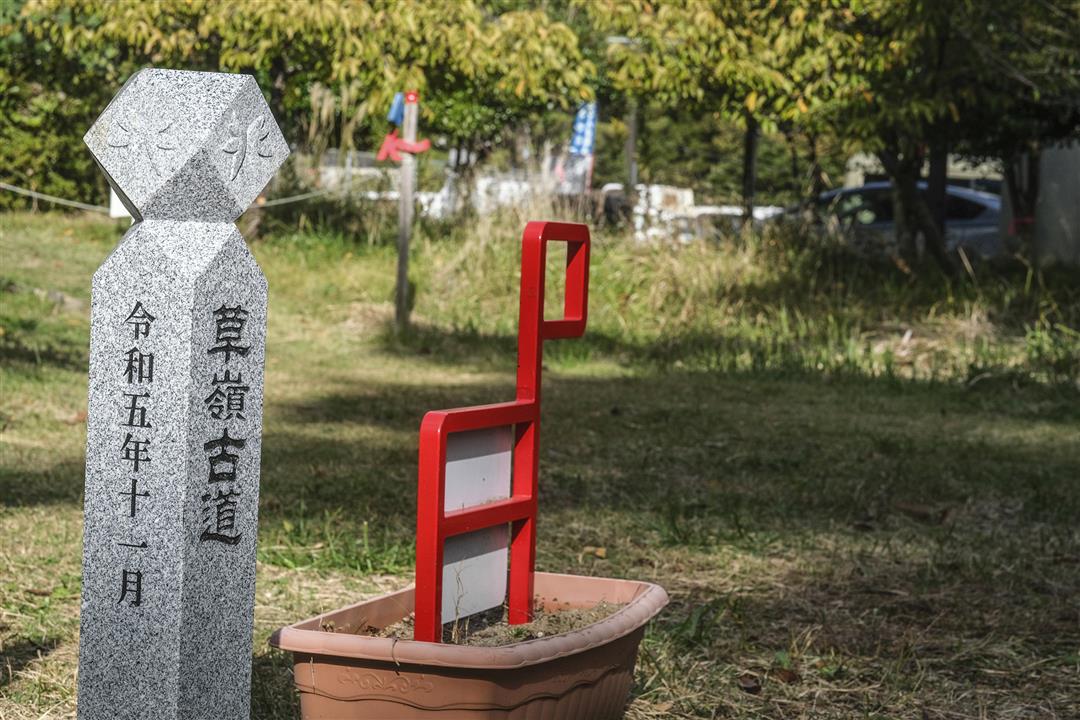
Along the Kesennuma/Karakuwa Trail in Japan one can see symbols of the Taiwan–Japan friendship trails agreements—a stone pillar with coupled dipteris fern logos for Taiwan’s Tamsui–Kavalan Trails and a red horse for Japan’s Miyagi Olle Trails.
Kesennuma/Karakuwa Trail
Along this route the tremendous power of nature is revealed in the giant boulders cast ashore by the 2011 tsunami, the unique stratified rock forms at Cape Osaki, reminiscent of layer cake, and a stone column whose tip was broken off by a tsunami in 1896. There is also the Osaki Shrine, which protects fishermen and exemplifies local residents’ distinctive culture of co-existence with the sea.
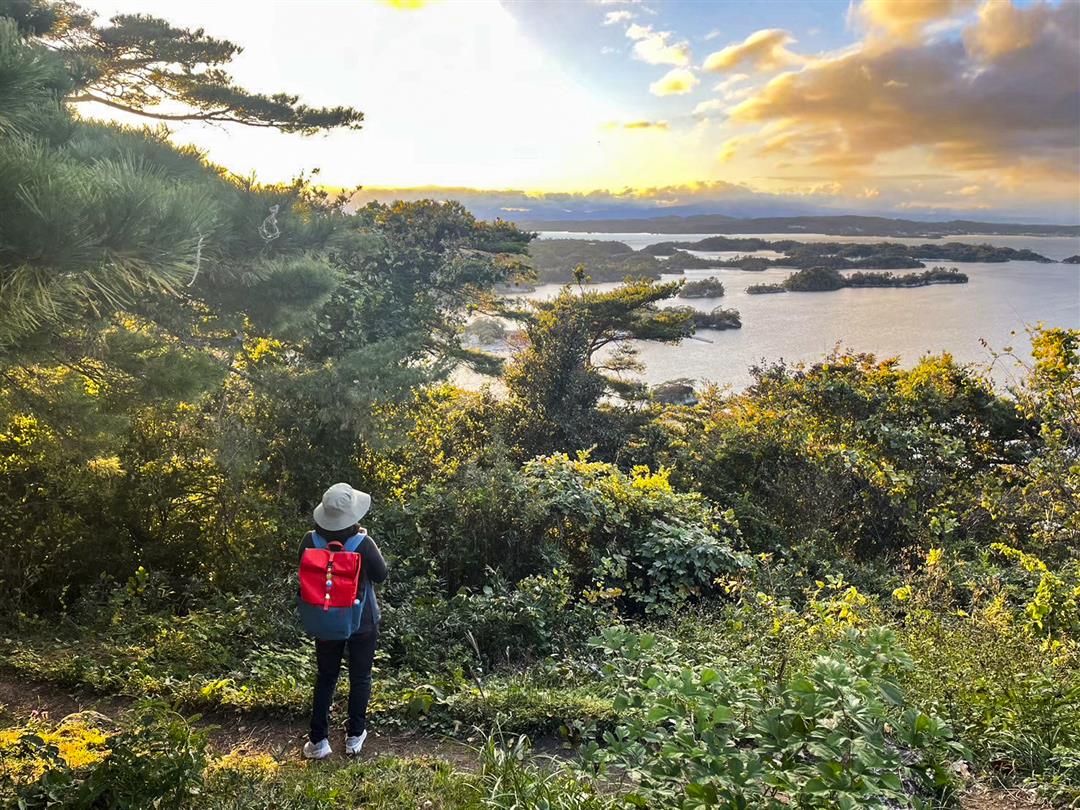
The Oku-Matsushima Trail passes archaeological sites from Japan’s prehistoric Jomon period amid beautiful natural scenery.
Jinzibei Historic Trail
This trail is named after the “golden inscription” (jinzibei) written on the face of a large rock by the Qing-Dynasty general Liu Mingdeng to express his feelings about the political situation of the time and the difficulties of the trail. This route was also followed by Canadian Presbyterian minister George Leslie Mackay for his medical and missionary work. Walking the path, which mainly comprises stone steps, is like taking a trip through time. Visitors can stop in Ruifang to eat a meal based on the lunchboxes of coal miners back in the day, or visit the well-known “cat village” of Houdong.
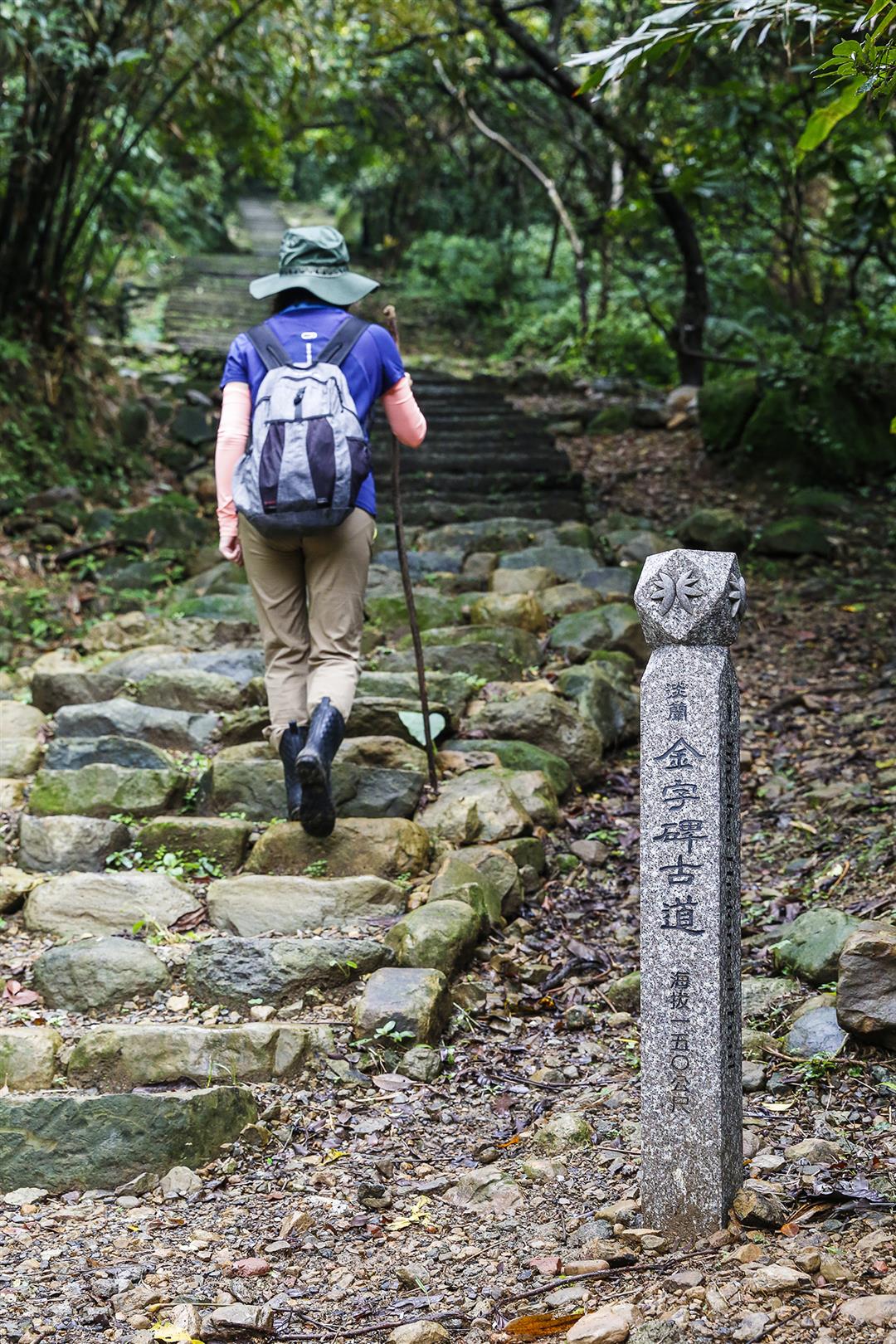
George Leslie Mackay walked the Jinzibei Historic Trail as part of his medical and missionary work in Taiwan. (courtesy of New Taipei City Tourism and Travel Department)
Oku-Matsushima Trail
Oku-Matsushima boasts relics from the prehistoric Jomon period, including Japan’s largest shell midden archaeological site. The summit of Mt. Otakamori offers 360-degree panoramic views of the Oku-Matsushima scenery. Also, visitors should not forget to try the local fresh seafood and buy special gift packs of local seaweed in a variety of flavors.
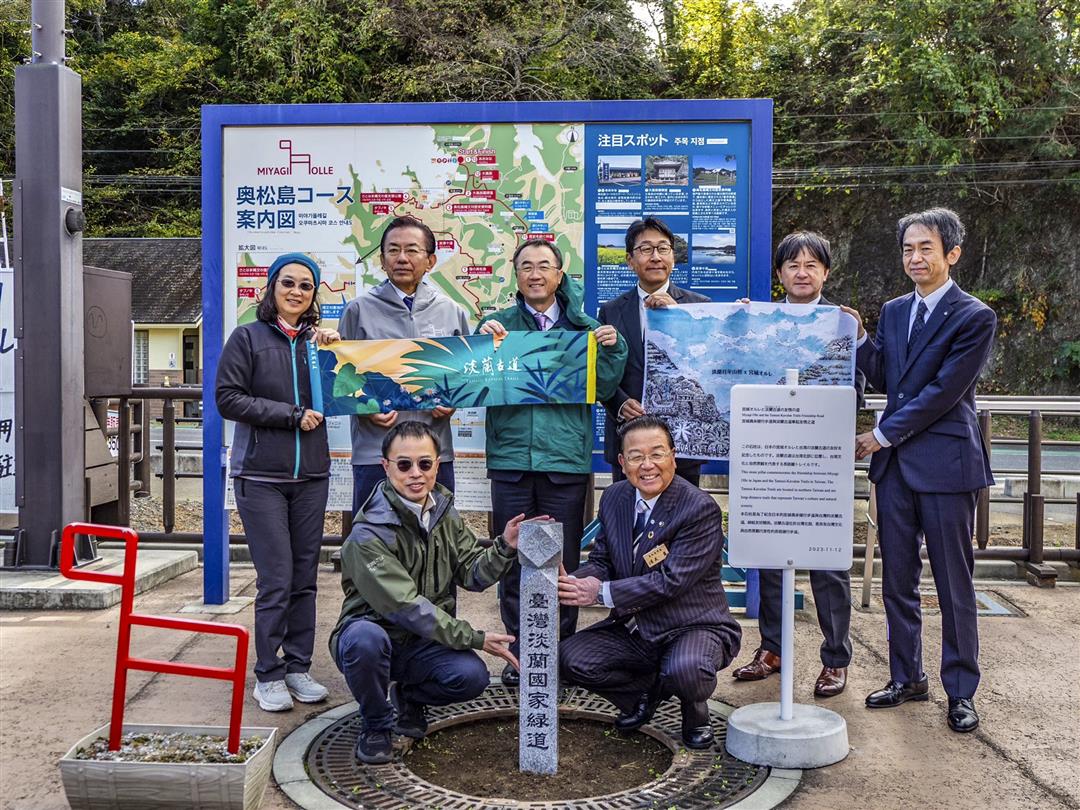
Part of the ceremonies at the signing of a friendship trails partnership agreement between the Jinzibei Historic Trail and the Oku-Matsushima Trail.
Nuandong Valley Trail
The Nuandong Valley Trail (a.k.a. the Nuandong Canyon Trail) runs from Nuannuan in Keelung to Shifenliao in New Taipei’s Pingxi District. It has a heartwarming Earth God shrine entirely painted bright red. Drawing on the rural community lifestyle of days gone by, there is also an indigo dyeing studio. One also shouldn’t miss the distinctive local topography including pot-holes, exposed bedrock, caves, and cliffs.
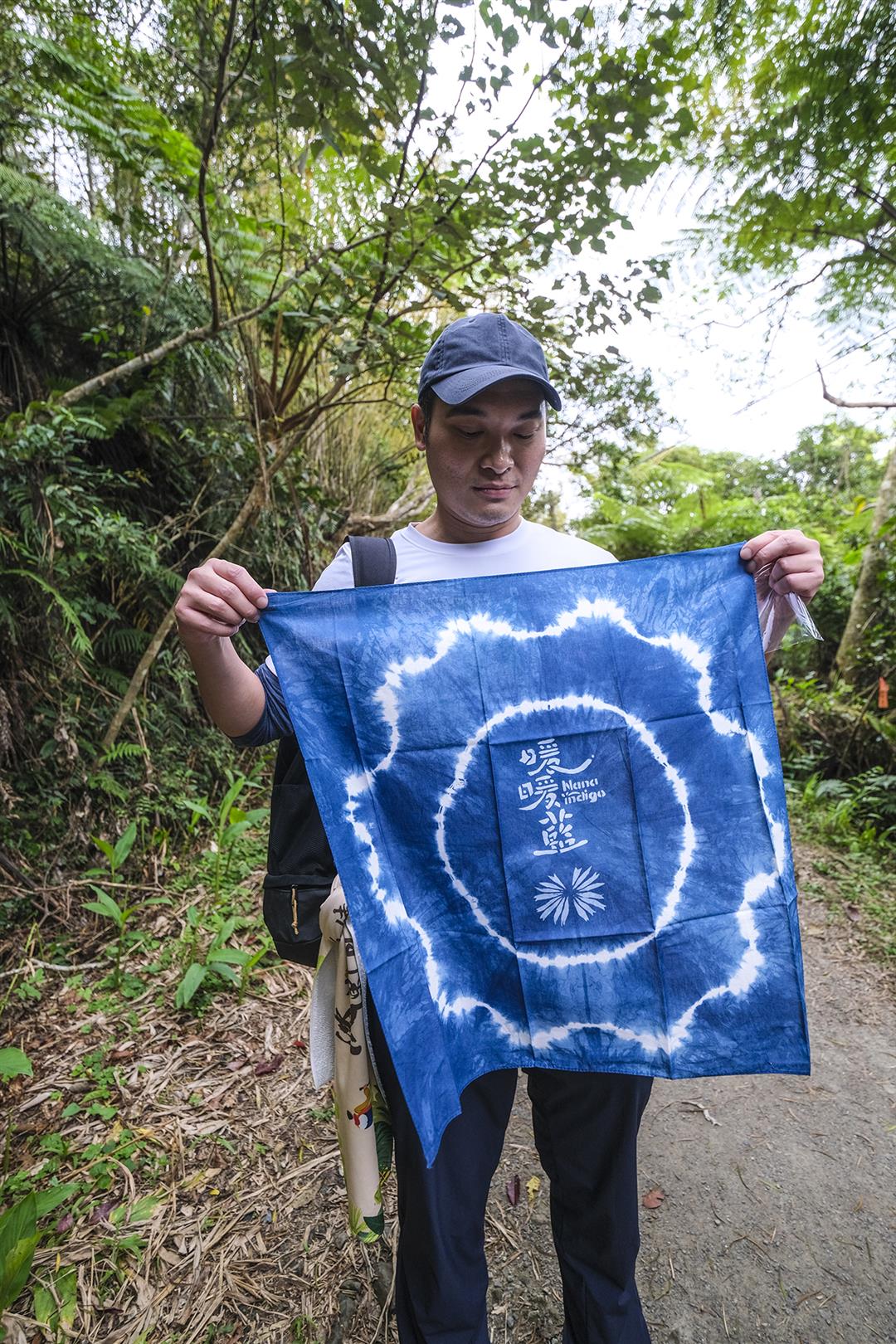
A traditional indigo dyeing studio is located beside the Nuandong Valley Trail. (photo by Kent Chuang)
The Tome Trail
As well as enjoying the rice-field scenery, visitors to the Tome Trail should not fail to visit the main gate and stately gardens of the Korinji Temple, a Miyagi Prefecture heritage site. Also, don’t forget to take a commemorative photo with the red horse trail marker of the Olle Trails and the stone pillars bearing the logo of the Tamsui–Kavalan: the coupled dipteris fern.
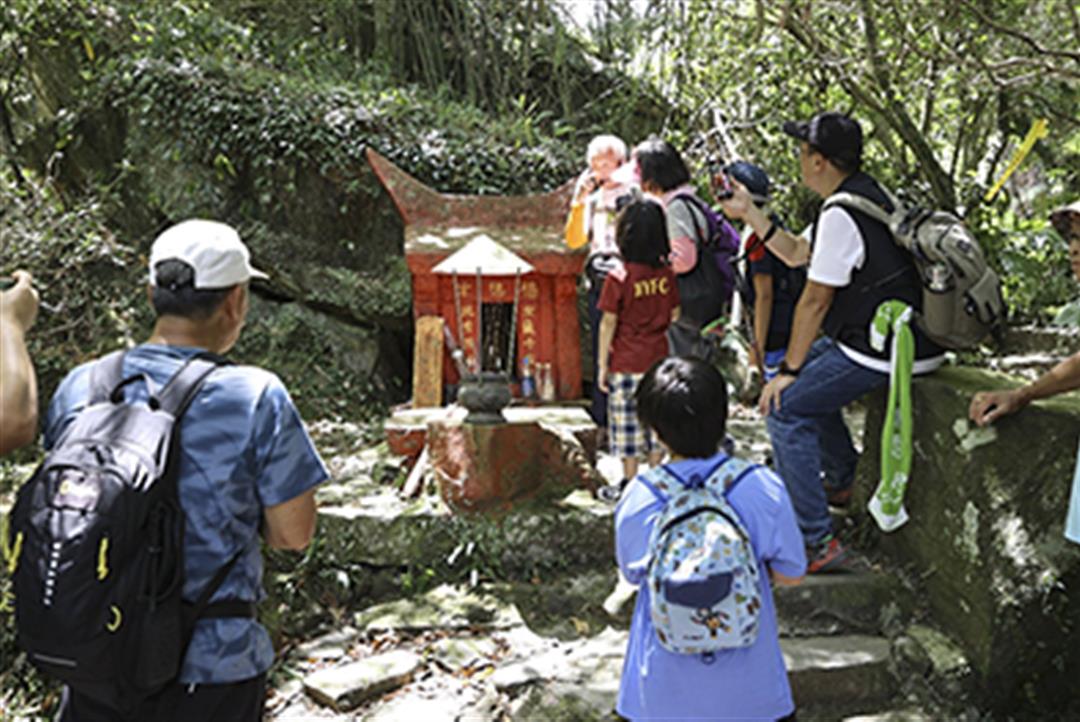
This heartwarming Earth God shrine can be visited along the Nuandong Valley Trail. (courtesy of Keelung City Tourism and City Marketing Department)
Osaki/Naruko Hot Spring Trail
The Naruko Hot Spring, located in Miyagi’s Osaki City, has beautiful autumn colors during the maple leaf season, from mid-October to early November. Following in the footsteps of Matsuo Bashō, the famous 17th-century haiku poet, visitors can walk the Oku no Hosomichi (“Narrow Road to the Interior”) path and try their hand at painting kokeshi (simple wooden dolls). Finally, they can head to the hot spring street to bathe.
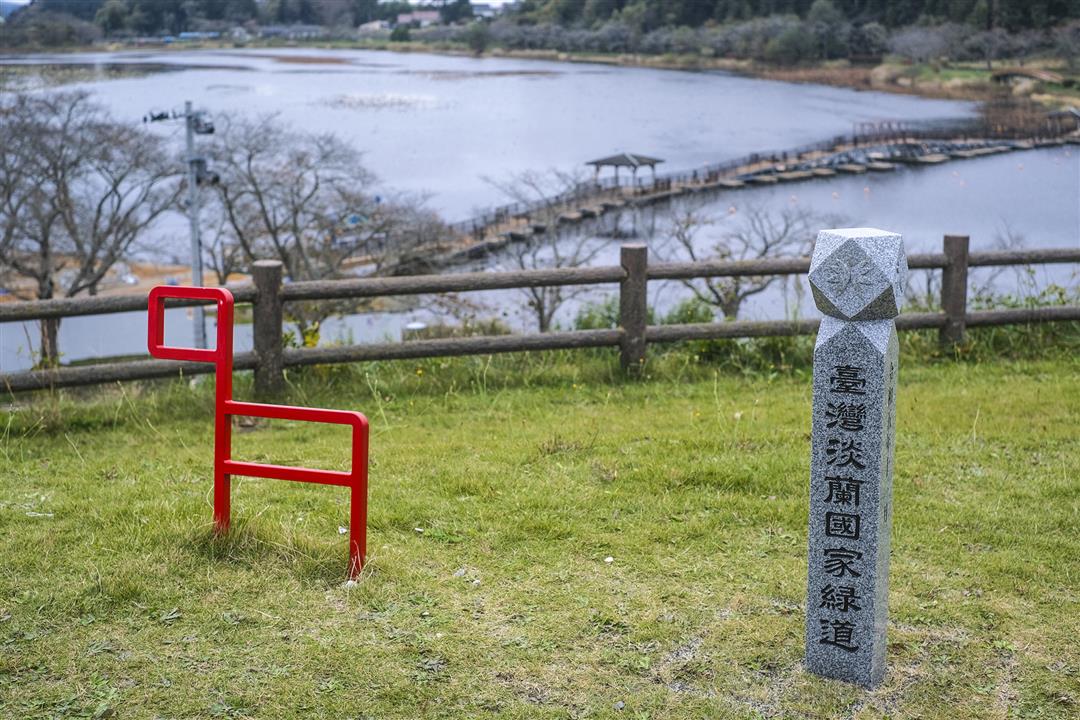
Japan’s Tome Trail offers expansive vistas.
Paoma Historic Trail
This trail in Jiaoxi, Yilan County includes a bamboo forest which blocks out the sky, as well as views of the Lanyang Plain and Guishan Island in the distance. It also passes by the “Mountain Spirit Earth God,” a shrine to the Stone God built of piled-up graphite blocks, and along the way you can see the coupled dipteris fern (Dipteris conjugata), which is used as the logo of the Danlan Trails. After hiking the trail, visitors can try dishes like grilled sausages or tea eggs, and can also stop into the hot spring town of Jiaoxi for a soak and try local Yilan delicacies such as pok-bah (deep-fried cubes of battered lean pork), and ko-tse (deep-fried blocks of a pork and shrimp meat jelly).
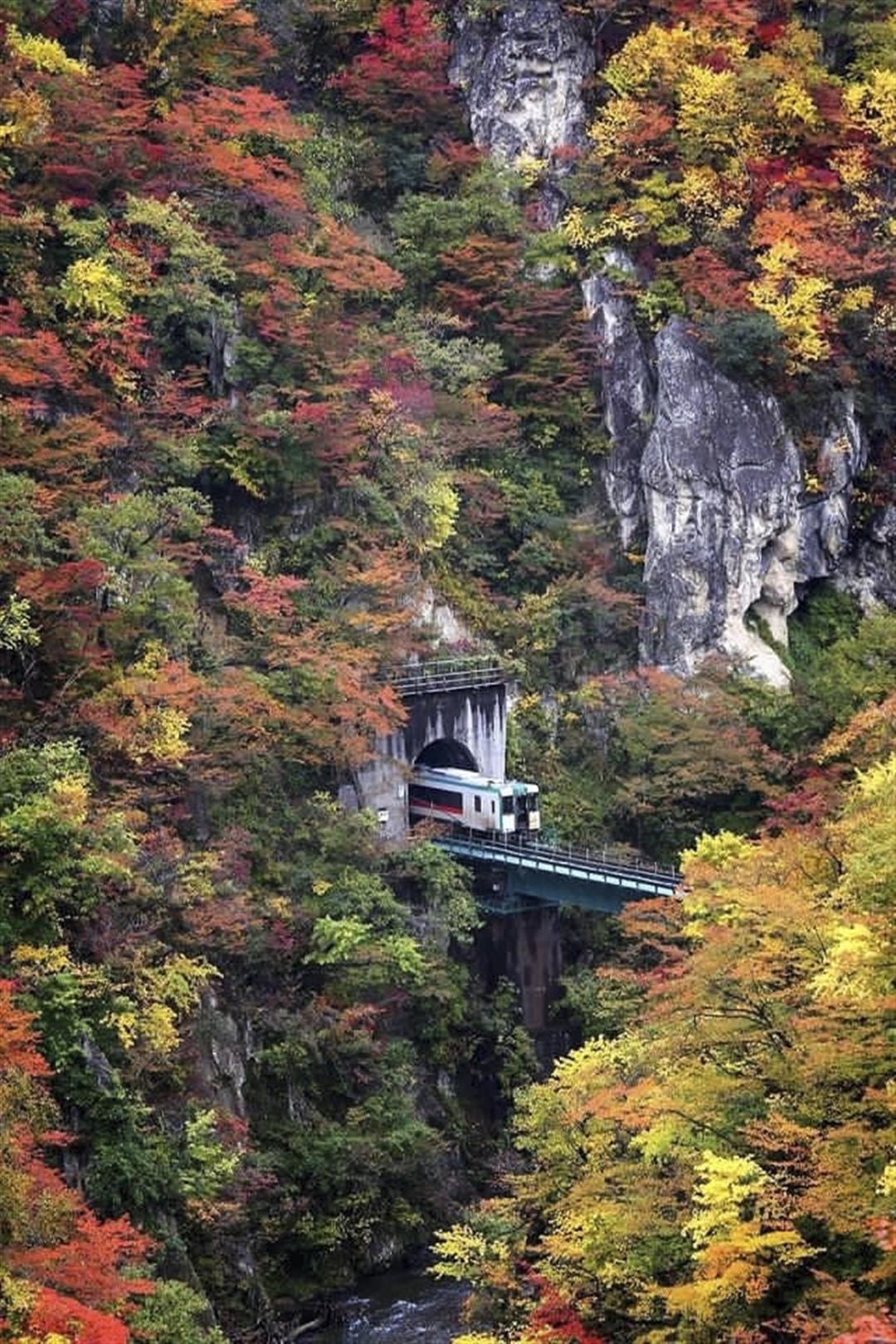
Maple trees along the Osaki/Naruko Hot Spring Trail present spectacular autumn colors.
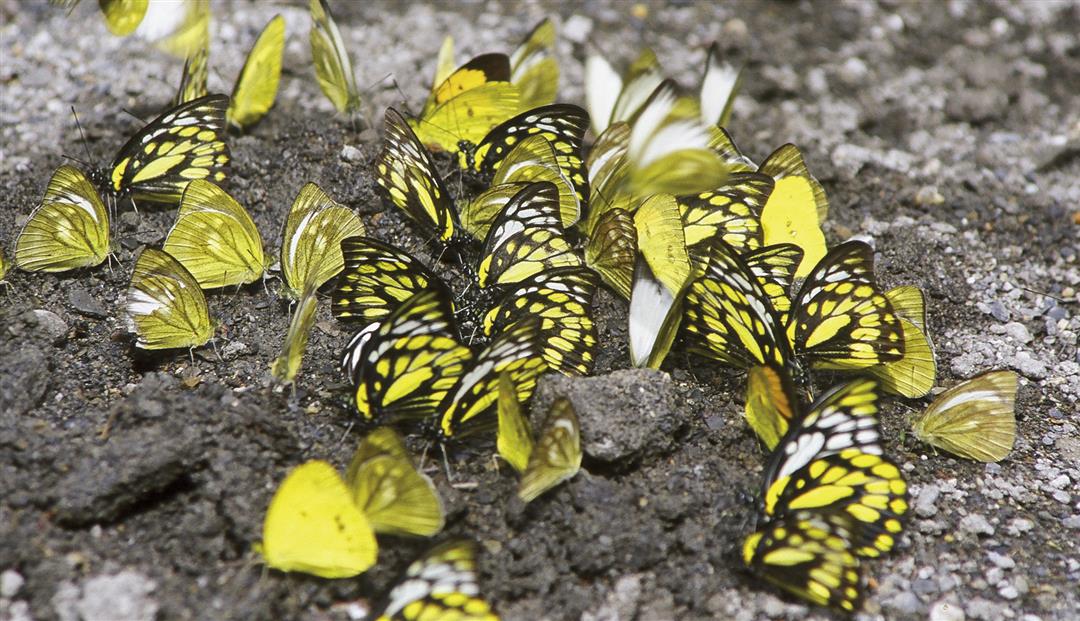
There is a vibrant butterfly ecology along the Paoma Historic Trail. (courtesy of the Forestry and Nature Conservation Agency, Yilan Branch )
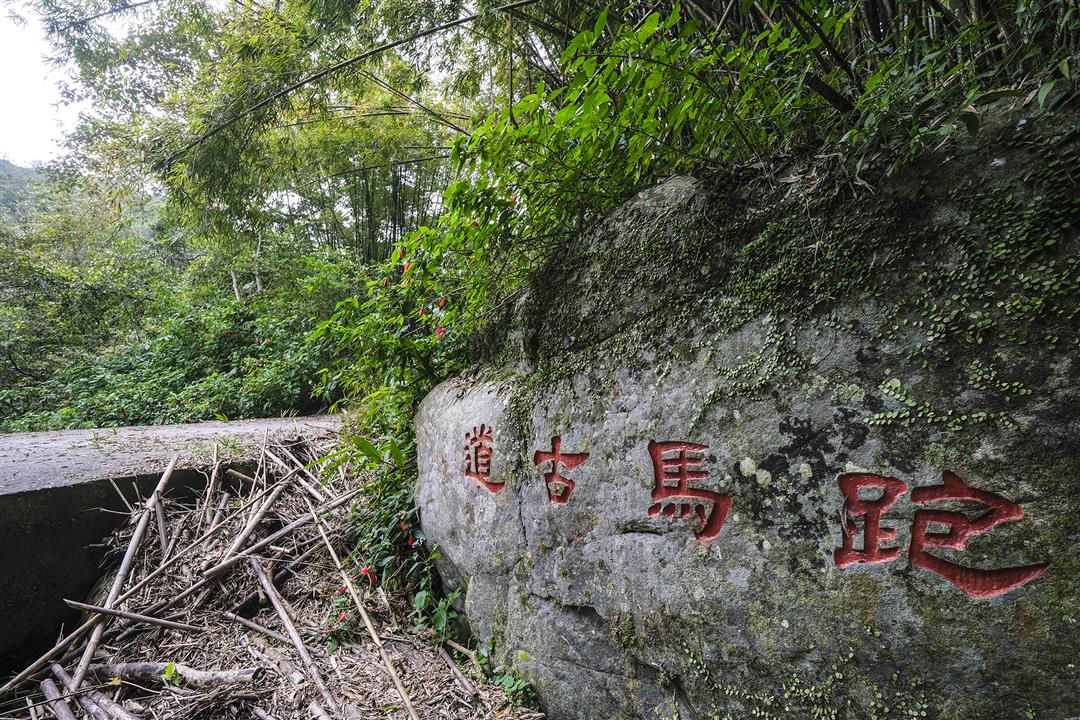
Visitors to the Paoma Historic Trail can look out across the Lanyang Plain and see Guishan Island in the distance.
(photo by Kent Chuang)

Representatives of the Tamsui–Kavalan Platform take part in the opening ceremony for the Murata Trail, a new addition to the Miyagi Olle Trails network. A further round of friendship trails agreements with Taiwan is expected in the future.

“Little horse” souvenirs can be purchased along the Miyagi Olle Trails.
@List.jpg?w=522&h=410&mode=crop&format=webp&quality=80)



@List.jpg?w=522&h=410&mode=crop&format=webp&quality=80)


